Low temperature, insufficient indoor temperature difference
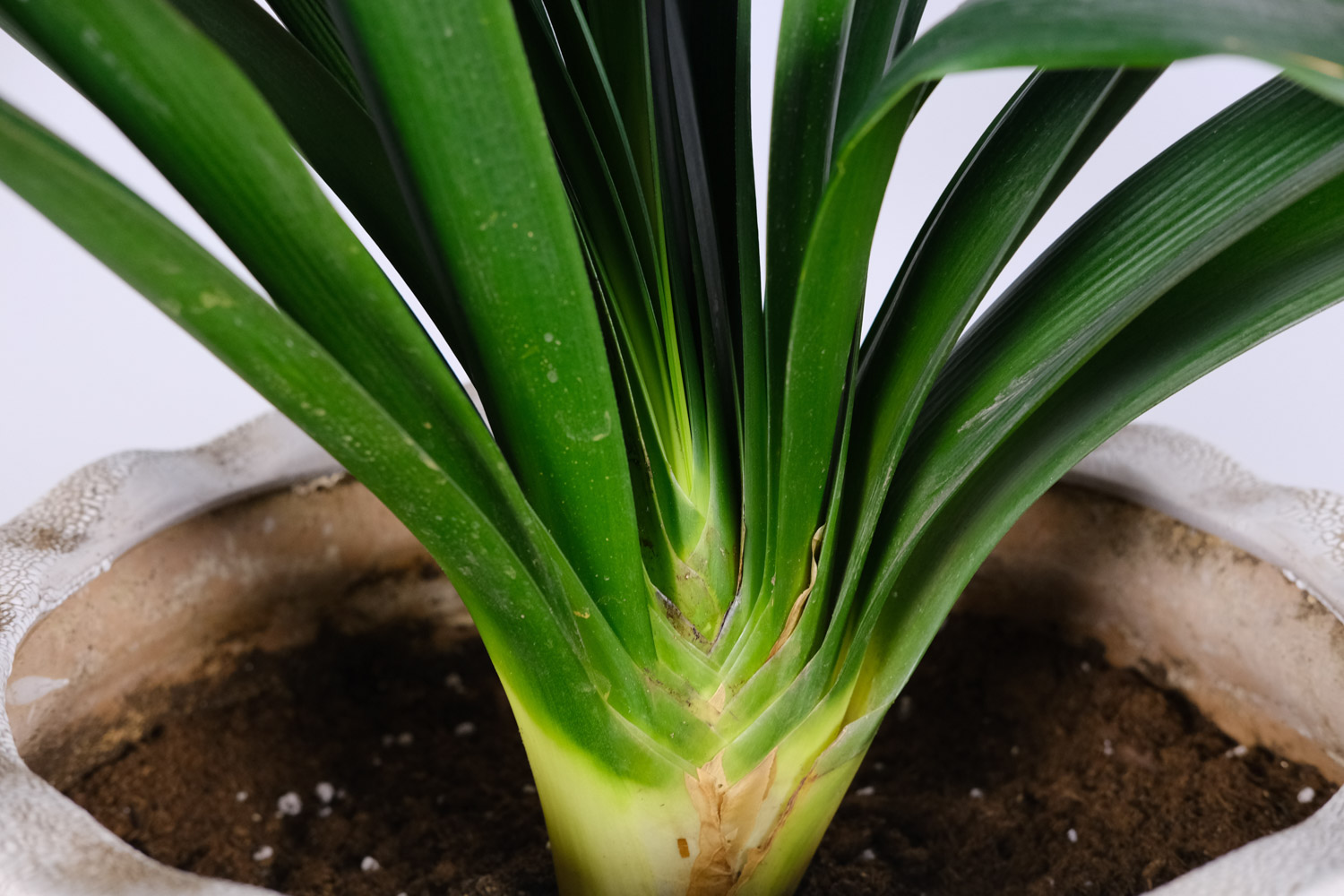
1. The suitable temperature for the growth of Clivia is about 20 ℃. If the temperature during the flowering period is too low or the temperature difference between morning and evening in the place where Clivia is placed at home is small, it will affect the arrow drawing process and lead to the phenomenon of arrow clamping in Clivia
2. Once we find that Clivia has the sign of archery, we should take measures quickly. We can move it to the air-conditioned room at home to control the temperature. When the temperature rises, we can put it indoors during the day and move it to the balcony at night. Generally, Clivia grows well at 25 ℃ during the day and 15 ℃ at night
Insufficient water
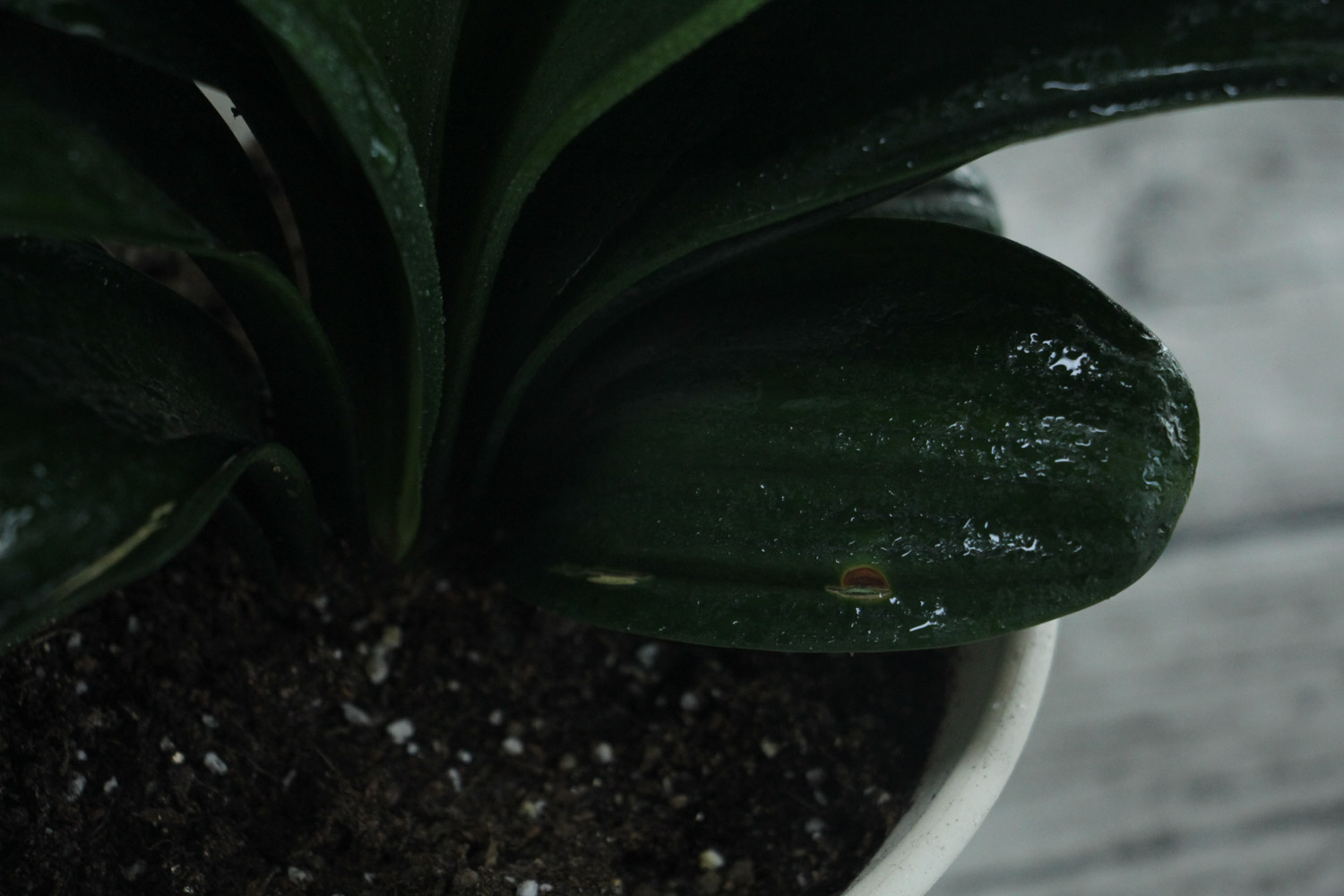
1. When the Clivia draws arrows, the cells divide quickly and the water consumption is relatively large. At this time, if the water is not watered enough, it will bloom in advance and lead to arrow clamping
2. When flowering, watering should be more frequent than usual to keep the soil of Clivia moist. In spring, it can be watered once a week or so. It doesn't need to be watered thoroughly. When it is dry, it can be watered
Lack of nutrition and motivation
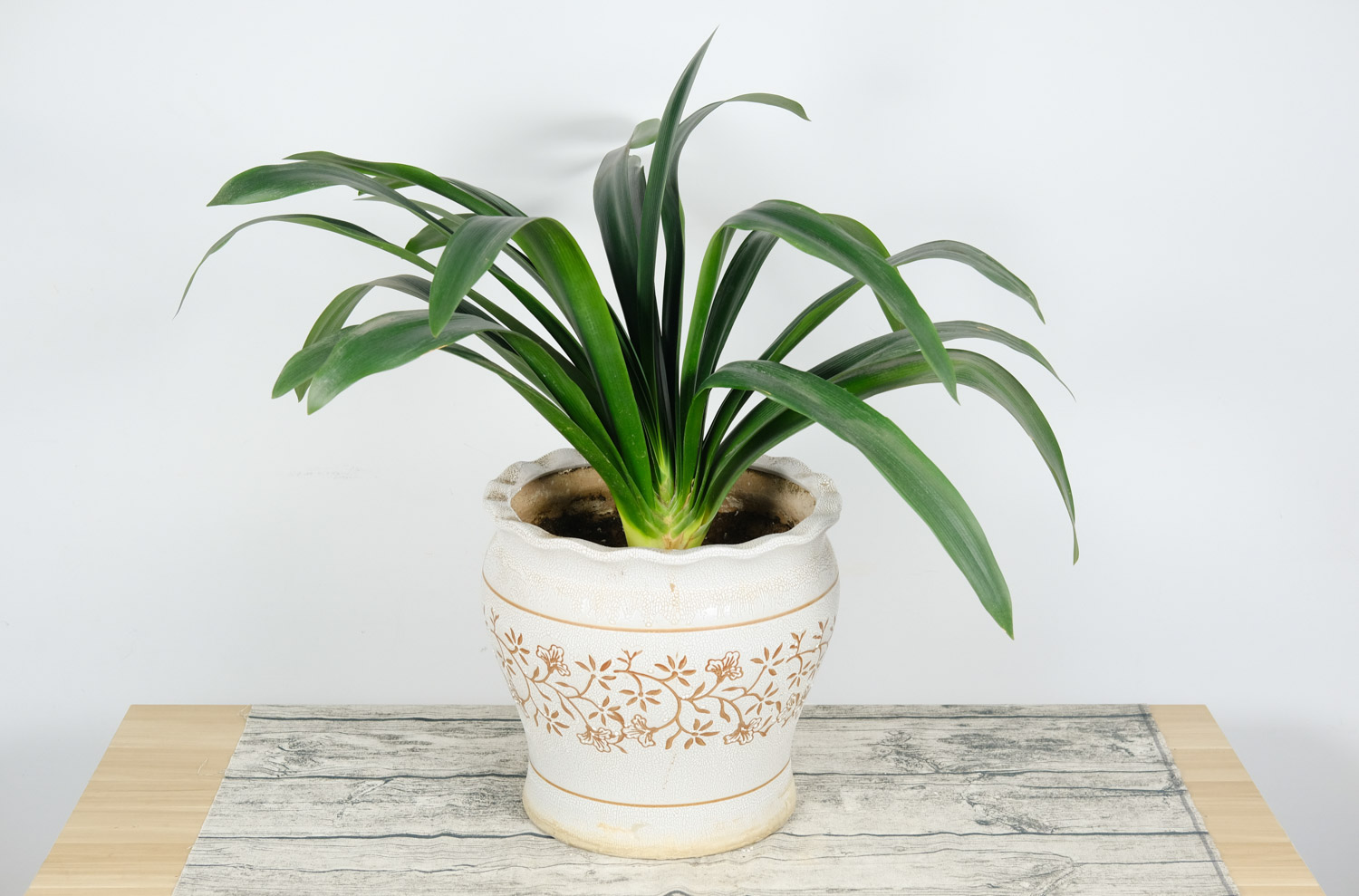
1. The arrow drawing of Clivia requires a lot of energy reserves. If the energy obtained by Clivia in the early stage is not enough, it will not have enough power to extend upward, but it will be too late to apply base fertilizer when it blooms
2. Put aside other factors, if you don't keep up with the fertilization of Clivia in the early stage, you can try to dilute it with 1% potassium dihydrogen phosphate solution and spray it on the root and leaf surface of Clivia, or you can choose other leaf fertilizer
The soil hardens and reduces the absorption capacity
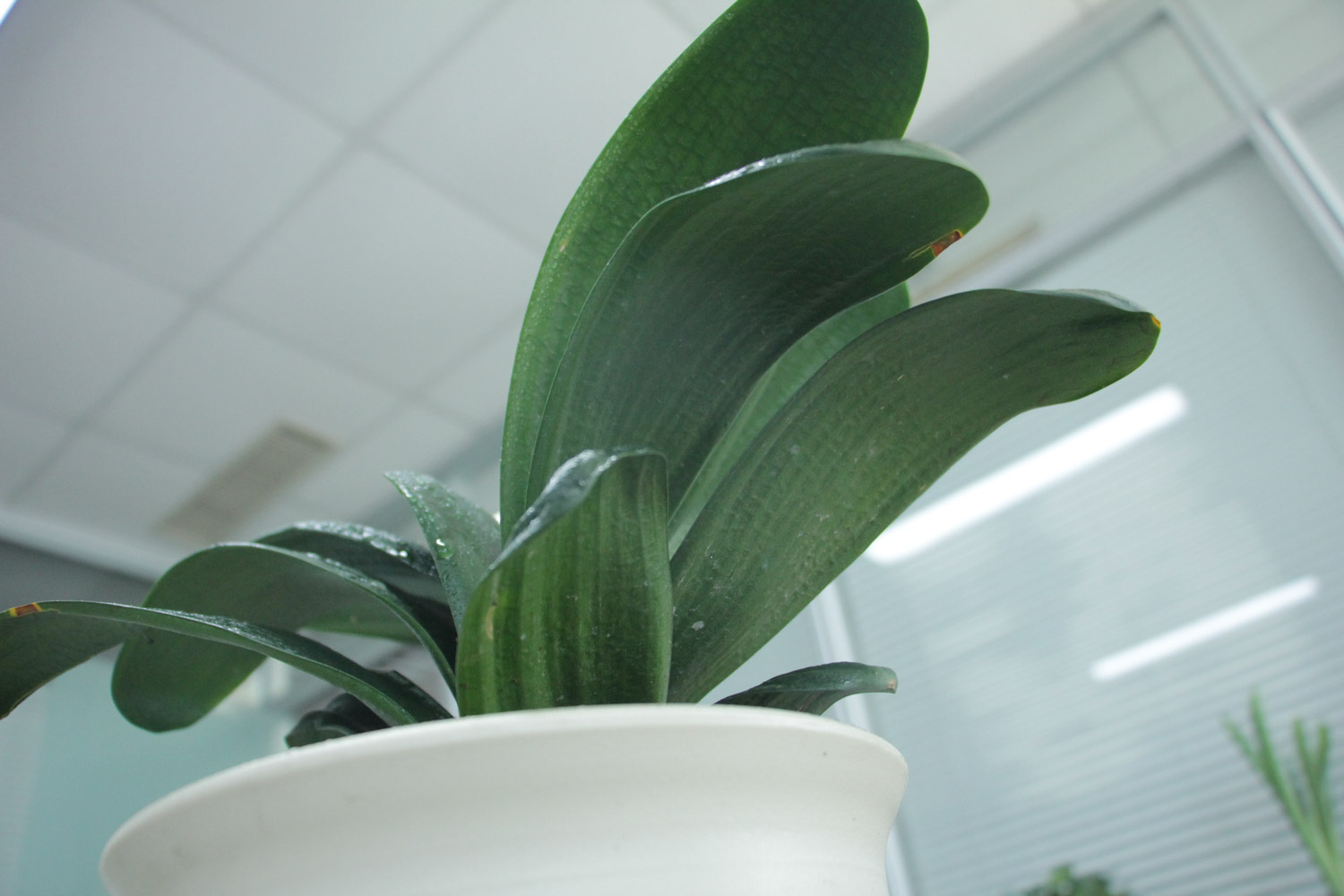
1. Clivia has strong roots and strong ability to absorb nutrients. If the basin soil is too hard and not loosened or replaced in time, it will affect the absorption of nutrients by Clivia, which will also become the reason for its arrow drawing
2. It is suggested to change the basin soil of Clivia every year and loosen the soil often, so as to improve the soil structure and help the roots of Clivia grow and absorb nutrients better
Insufficient light
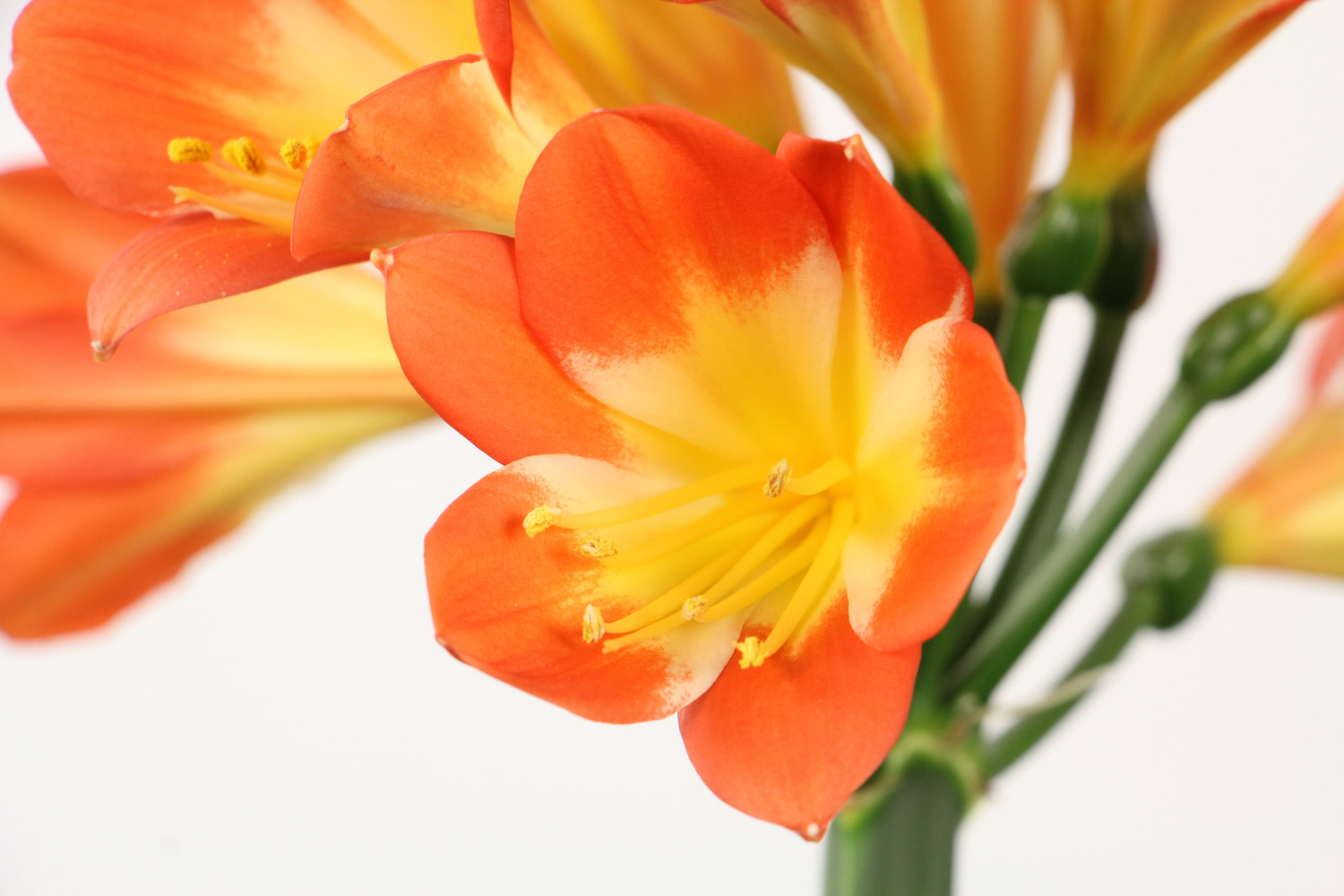
1. Sufficient light is conducive to the transformation of the nutrients absorbed by Clivia into the energy required for its own growth. Insufficient light will certainly have a certain impact on the arrow drawing of Clivia
2. In spring, the external light is getting stronger and stronger. You can put Clivia in a place with sunshine but not direct sunlight for maintenance. In summer, you should avoid direct sunlight. After entering winter, you should strengthen the light and put Clivia on nanyangtai
Clivia aging or root damage
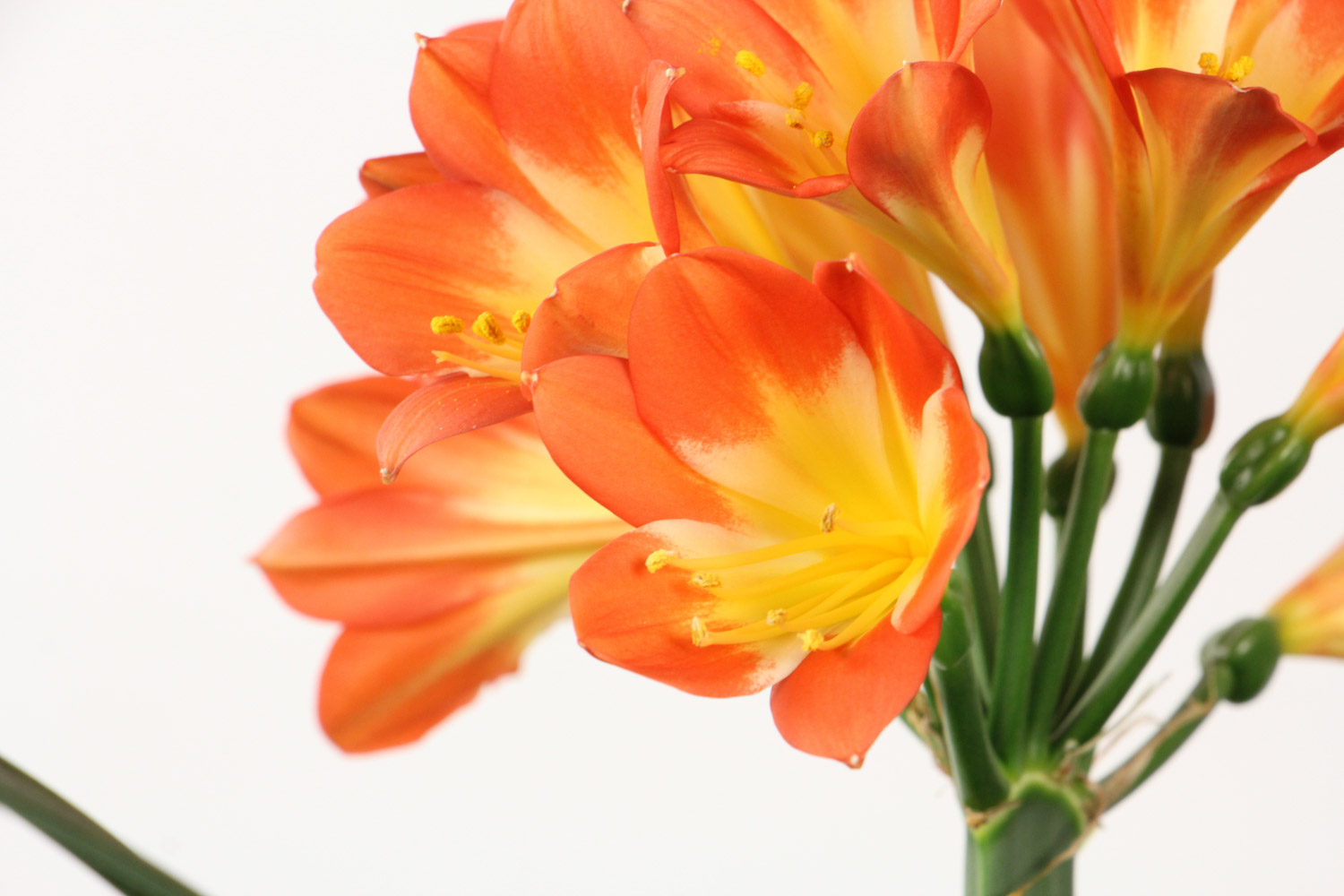
1. If Clivia is planted for too long, there will be the problem of plant aging. In addition, too high temperature and too wet soil will lead to rotten roots. Both of them will affect the flowering of Clivia and can't draw arrows
2. We can cut off the aged or rotten roots, and then sterilize the wound: soak it in 0.1% potassium permanganate solution for 5 minutes, then dip it with a little carbendazim, then air it in the shade for one to two days, and then plant the plant in the flower pot
The above is what the Clivia needs to pay attention to when preparing to draw an arrow. What should you do if your Clivia is suffering from an arrow
Using the principle that plants grow only when they don't see light: move Clivia to a dark room without light, keep the temperature at about 20 ℃, and draw arrows in 3 ~ 5 days! Try it quickly
Why does Clivia have arrows and how to solve it
Have the flower friends found out the situation
If there are other questions
Welcome to leave a message below

 how many times do yo...
how many times do yo... how many planted tre...
how many planted tre... how many pine trees ...
how many pine trees ... how many pecan trees...
how many pecan trees... how many plants comp...
how many plants comp... how many plants can ...
how many plants can ... how many plants and ...
how many plants and ... how many pepper plan...
how many pepper plan...






























